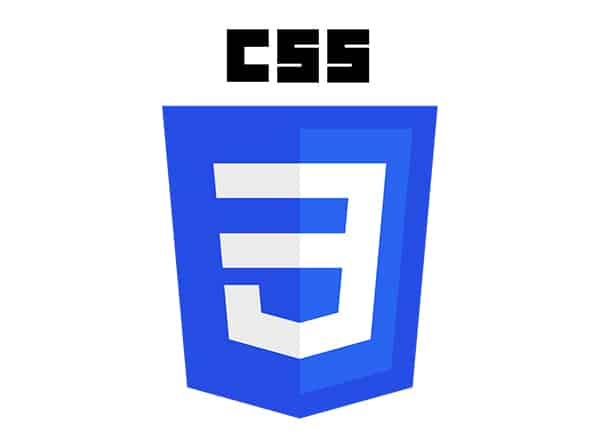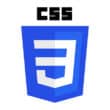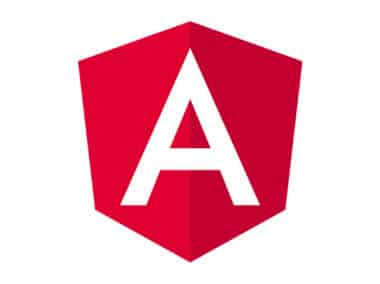CSS (Cascading Style Sheets) is a powerful tool that can be used to create visually appealing and functional web pages. In web development projects, CSS is a must-learn skill that you can use to make your web pages more engaging and interactive. Here are some real-world examples that show how CSS can be used in web development projects:
Navigation Menu
CSS can be used to create a stylish and functional navigation menu. By using CSS properties such as display, position, and background-color, you can create a menu that is both visually appealing and easy to use. You can also use CSS to make the menu responsive, so that it looks great on different screen sizes.
For example, you can create a horizontal menu that changes color when the user hovers over each item, or a vertical menu that remains fixed on the screen as the user scrolls down the page. A navigation menu that is well-designed and easy to use can help your users navigate your website more efficiently.
Responsive Layout
CSS can also be used to create responsive layouts that adjust to different screen sizes. By using media queries and CSS grid or flexbox, you can create a layout that looks great on desktop, tablet, and mobile devices. Responsive design is critical because it ensures that your web page is accessible to everyone, regardless of the device they are using.
For example, you can create a two-column layout that collapses into a single column on smaller screens, or a menu that becomes a dropdown on mobile devices. It is essential to make sure that your web pages look good on different screen sizes because people use various devices to access the internet.
Styling Text and Images
CSS can be used to style text and images on your web pages. By using properties such as font-size, color, and text-align, you can create text that is easy to read and visually appealing. You can also use CSS to add borders, shadows, and other effects to your images to make them stand out.
For example, you can make your headings larger and bolder to draw attention to them, or you can create a hover effect that shows a caption when the user hovers over an image. Styling is essential because it can help you convey your message more effectively and make your web pages more interesting.
Overall, CSS is a versatile tool that can be used in many different ways to enhance your web development projects. By learning the basics of CSS and experimenting with different properties and techniques, you can create web pages that are both functional and visually appealing.




